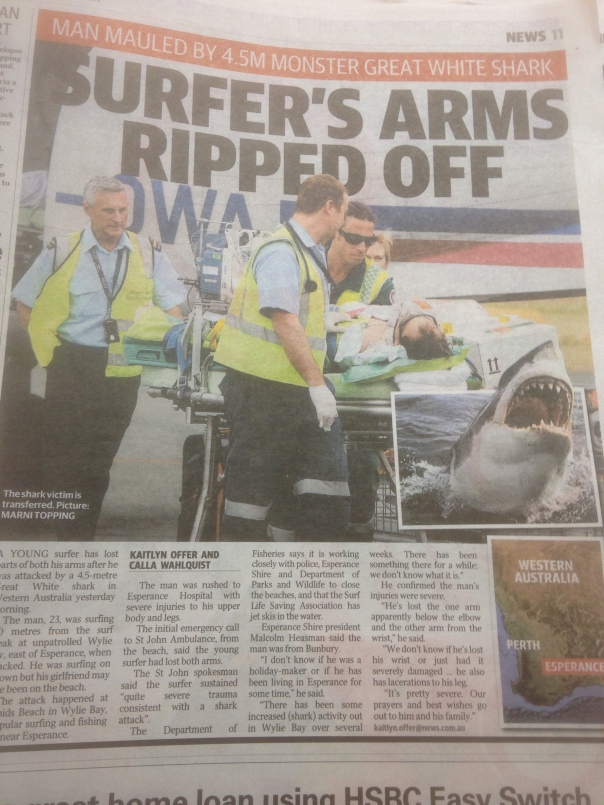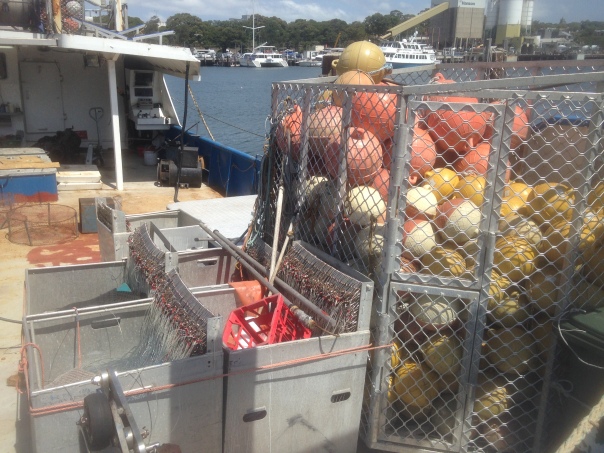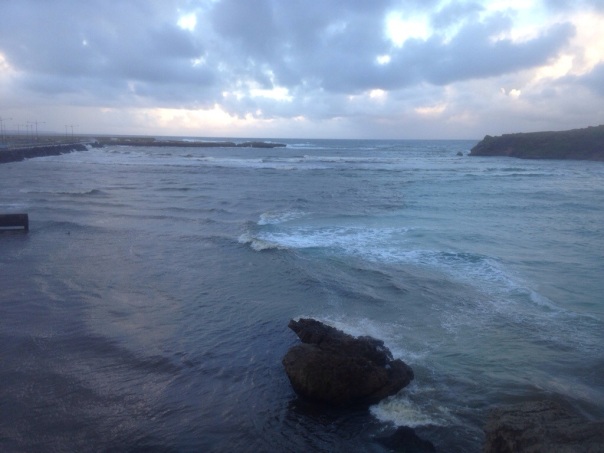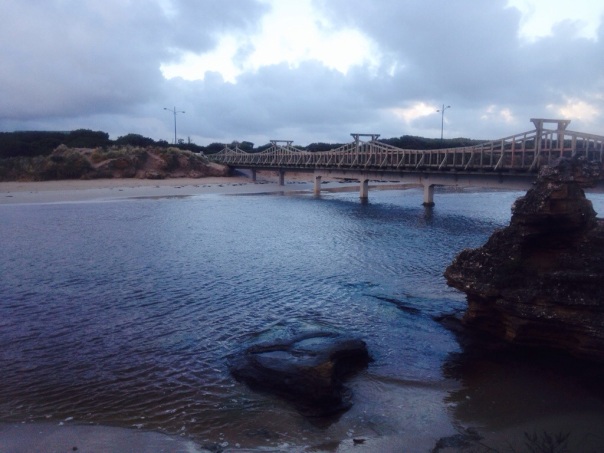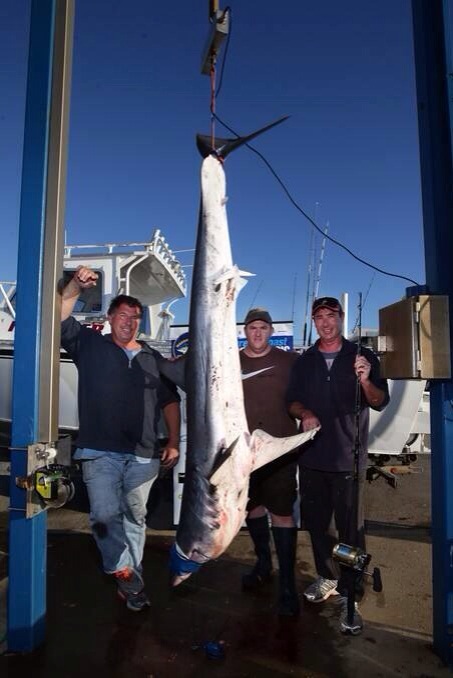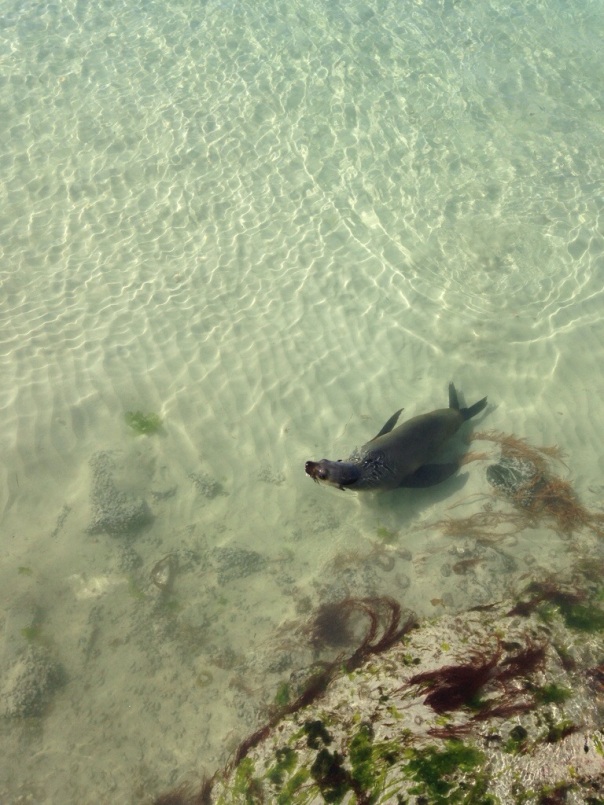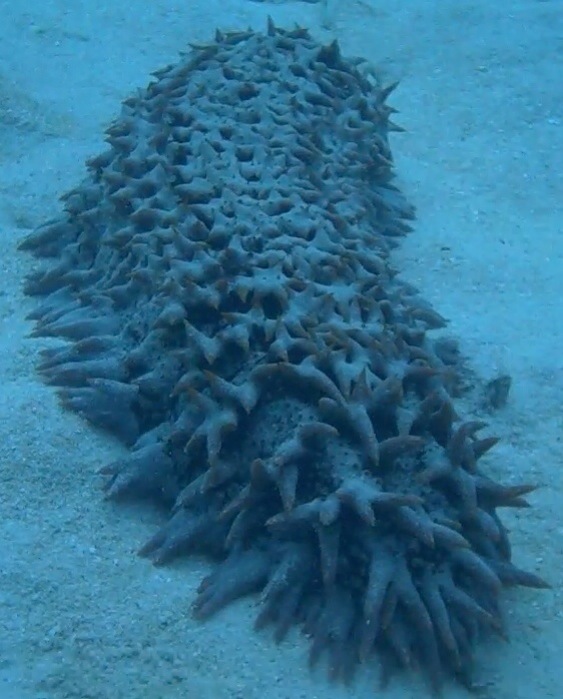
Prickly redfish, a type of sea cucumber. This one was near Opal Reef, part of the Great Barrier Reef an hour from Port Douglas.
io9 is generally a scifi website, full of short monologues on the current state of scifi cinema, but occasionally they run very good articles on real science. Like the one below on the issues with sea cucumber harvesting:
Sea cucumbers are in trouble. Everyone knows about the problems that elephants and rhinos face due to poaching, that dolphins face due to drive hunts, and that sharks face when overzealous governments try to convince their constituents that they’re helping them avoid shark attacks. Sea cucumbers may not be as charismatic as their megafaunal counterparts, but they actually provide an important service for reef ecosystems.
They help to keep the sand in reef lagoons and seagrass beds fresh by turning them over, and by feeding on the dead organic matter that’s mixed in with the sand, the nutrients they excrete can re-enter the biological web by algae and coral. Without the sea cucumbers, that sort of nutrient recycling could not occur. It’s also thought that sea cucumbers help to protect reefs from damage due to ocean acidification. Feeding on reef sand appears to increase the alkalinity of the surrounding seawater.
The problem, according to a study conducted by Steven Purcell and Beth Polidoro, is that sea cucumbers are considered a luxury snack. As they explain at The Conversation, dried-out versions of the tropical species retail between $10 and $600 per kilogram in Hong Kong and on mainland China.
There’s actually one species that is sold for $3000 per kilo, dried. Sea cucumbers are thought of as “culinary delicacies,” and often adorn the buffets of festival meals and are served at formal dinners.
There are 377 known species of sea cucumber. Percill and Polidoro’s study shows that the more prized a species is as a delicacy, the more likely the IUCN is to categorize it as vulnerable or threatened – at least for the species they investigated. It’s plain to see that the more expensive the critters are, the more likely they are to be plotted with orange or red dots.
It’s not just a correlation. In most cases, it’s the rarity of a species that drives up the value, leading to exploitation and eventually, extinction. It’s basic supply/demand economics. But the researchers say that for the sea cucumbers they looked at, the causal relationship is reversed. “High-value drives rarity in sea cucumbers, not vice versa,” they write. “None of the naturally rare species are particularly high value.”
Is there anything that can be done to protect these awkward, squishy creatures? “Species-specific bans have been placed on threatened sea cucumbers in a few instances,” the researchers note, “but these regulations do not prevent serial depletion of other species further down the value chain.” Instead, they recommend that a short list of allowable species be created, sort of like Monterey Bay Aquarium’s sustainable seafood card, but for cucumbers. It would exclude threatened species and those most critical for providing ecosystem services to reefs. If sea cucumber fishing can be controlled, the rarer species just might have a fighting chance to survive.
